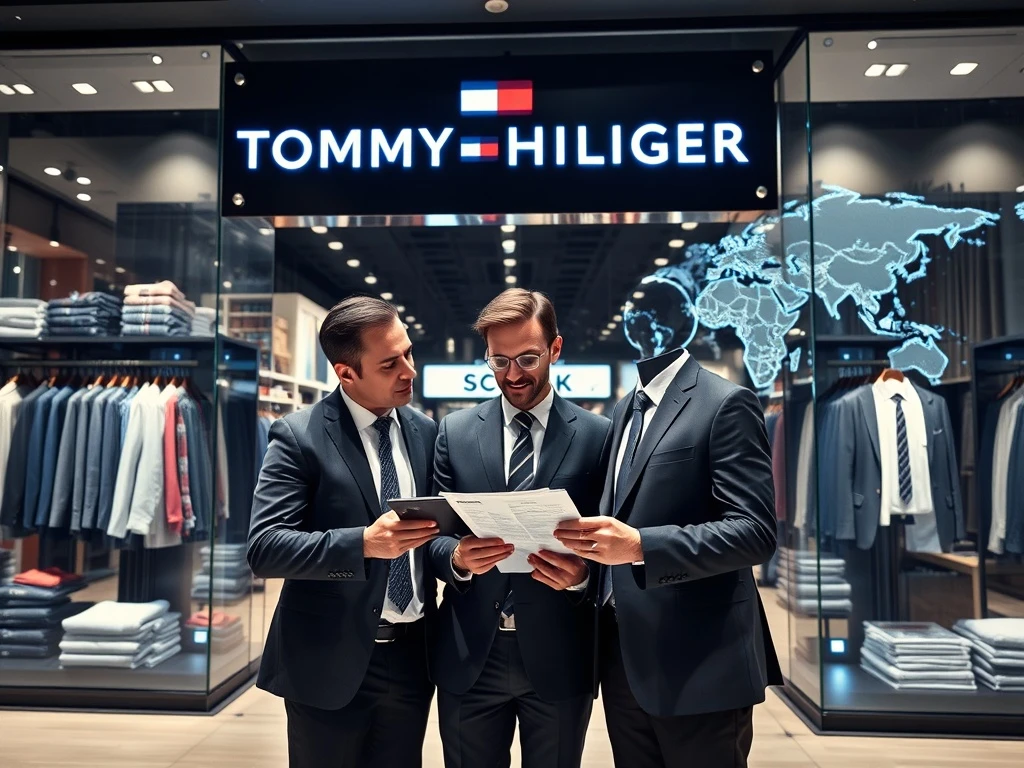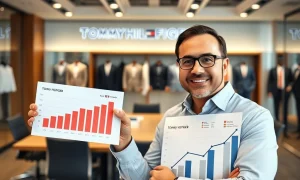The global clothing industry faces significant headwinds from rising tariffs, yet Tommy Hilfiger’s parent company PVH Corp projects remarkable resilience for 2025. Industry leaders watch closely as this fashion giant navigates complex trade landscapes while maintaining optimistic growth projections.
Clothing Industry Navigates Tariff Challenges
Recent tariff implementations have disrupted supply chains across the clothing industry. Many companies struggle with increased production costs. However, PVH demonstrates exceptional adaptability. The corporation maintains strategic partnerships with global manufacturers. Furthermore, they implement innovative cost-management solutions. Consequently, their 2025 outlook remains positive despite external pressures.
Strategic Positioning in the Clothing Sector
PVH’s robust strategy focuses on several key areas:
- Diversified manufacturing bases across multiple regions
- Premium brand positioning that absorbs cost increases
- Digital transformation enhancing operational efficiency
- Sustainable sourcing reducing long-term vulnerability
Market Response and Consumer Trends
The clothing industry observes shifting consumer behavior post-tariff implementations. Premium brands like Tommy Hilfiger maintain stronger pricing power. Consumers demonstrate willingness to pay for quality and brand value. Market analysts note this trend benefits established players. Therefore, PVH’s premium portfolio positions them advantageously.
2025 Projections and Industry Outlook
PVH leadership expresses confidence in their 2025 targets. They cite several supporting factors:
- Strong brand equity across global markets
- Advanced supply chain optimization
- Growing demand for premium apparel
- Strategic market expansion plans
FAQs
How are tariffs affecting clothing prices?
Tariffs typically increase production costs, which often translate to higher consumer prices, though premium brands may absorb some increases.
What makes PVH confident about 2025?
PVH cites strong brand recognition, diversified manufacturing, and proven ability to navigate previous trade challenges.
Will other clothing companies follow PVH’s outlook?
While individual company performance varies, industry analysts watch PVH as a bellwether for premium apparel sector health.
How quickly can clothing companies adapt to tariff changes?
Adaptation timelines vary significantly based on existing supply chain flexibility and financial resources.








